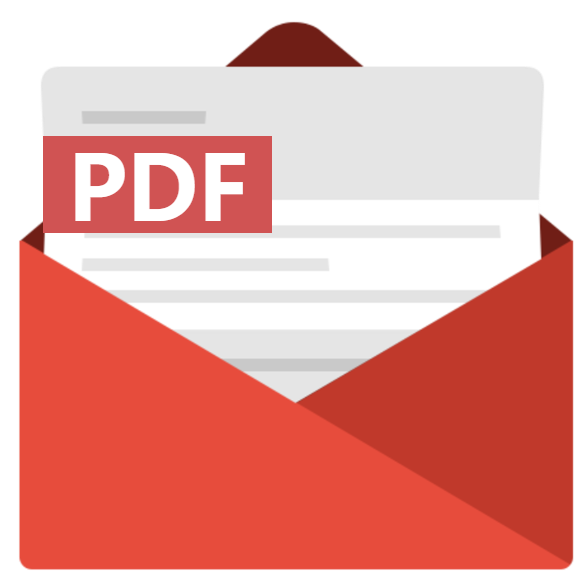Home > Animal Health & Nutrition > Veterinary Pharmaceuticals > Animal Sedatives Market
Animal Sedatives Market Size
- Report ID: GMI6069
- Published Date: Jun 2023
- Report Format: PDF
Animal Sedatives Market Size
Animal Sedatives Market size was valued to be USD 145.4 million in 2022 and is predicted to experience a sustainable growth of CAGR 5.5% up to 2032 due to increasing pet ownership, rising surgical procedures in animals, increasing incidences of zoonotic diseases, increasing adoption of pet insurance, increasing animal healthcare expenditure, and growing investment in veterinary product development activities.
An animal sedative is a medication or pharmaceutical compound that is used to cause a state of sedation in animals or to calm them. They target the central nervous system and help depress its activity, resulting in a calming effect on animals. They are used to reduce stress and fear in animals, which helps them be cooperative and manageable during veterinary treatments, surgeries, veterinary dental procedures, or the diagnosis of diseases.
| Report Attribute | Details |
|---|---|
| Base Year: | 2022 |
| Animal Sedatives Market Size in 2022: | USD 145.4 Million |
| Forecast Period: | 2023 to 2032 |
| Forecast Period 2023 to 2032 CAGR: | 5.5% |
| 2032 Value Projection: | USD 247.2 Million |
| Historical Data for: | 2018 to 2022 |
| No. of Pages: | 256 |
| Tables, Charts & Figures: | 444 |
| Segments covered: | Drug class, Route of administration, Application, Animal type, and Region |
| Growth Drivers: |
|
| Pitfalls & Challenges: |
|
During the pandemic, due to lockdowns, social distancing regulations, and prioritization of necessary services, many of the veterinary hospitals and clinics faced temporary closures or reductions in operations. During such situations, only severe veterinary cases were allowed to visit the veterinary clinics. This resulted in a reduction in non-emergency veterinary procedures, which eventually led to a decrease in the overall demand for animal sedatives. The pandemic caused disruption in the supply chain, including in the animal health industry. Due to this, many veterinary hospitals and clinics ran out of essential products such as medications, pet food, or protective equipment.
On the other hand, the COVID-19 pandemic resulted in a significant rise in pet ownership. During lockdowns, a large population sought companionship, leading to a surge in pet adoption. This increase in pet ownership has positively impacted the overall animal healthcare market. The increasing prevalence of animal diseases leads to the increase in the demand for faster and efficient diagnostic and treatment options.

